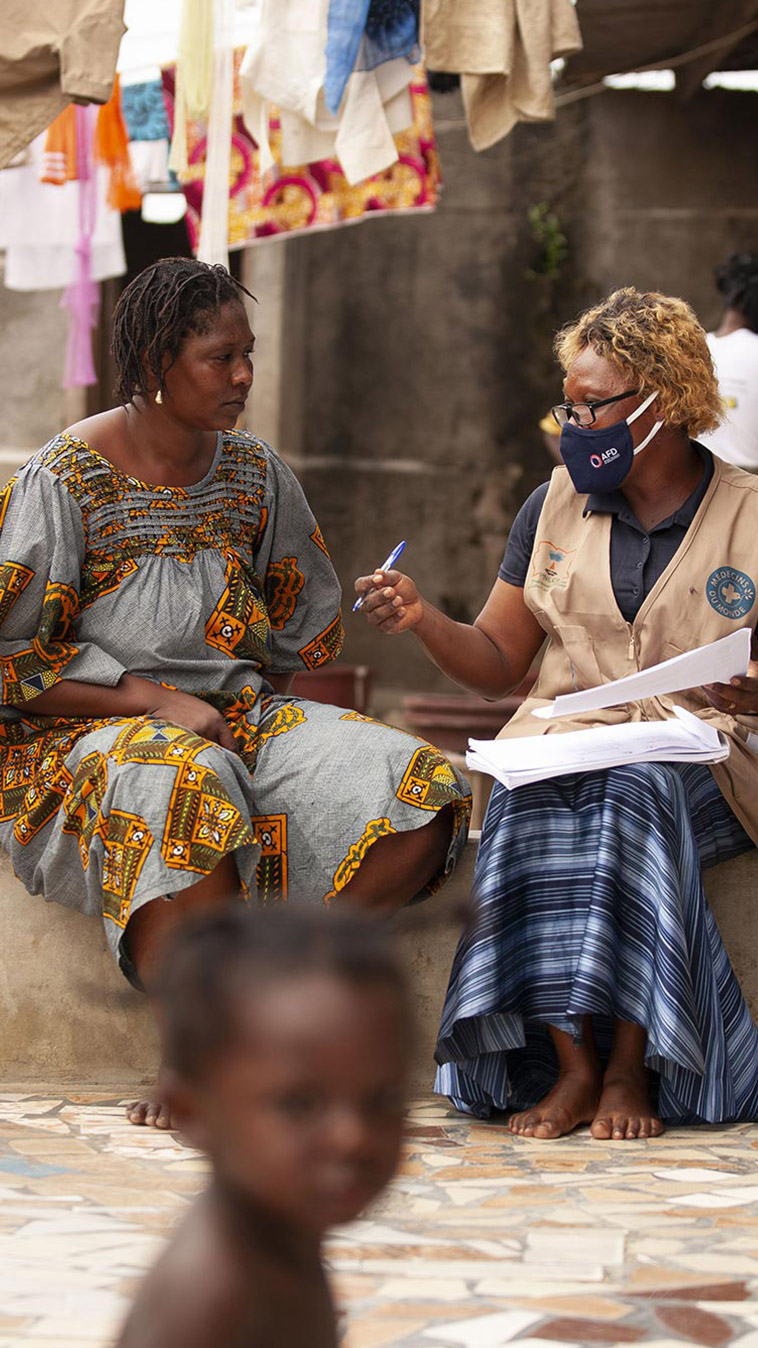JE DÉCOUVRE LE DON MENSUEL
JE DÉCOUVRE LE DON MENSUEL
JE DÉCOUVRE LE DON MENSUEL
JE DÉCOUVRE LE DON MENSUEL
JE DÉCOUVRE LE DON MENSUEL
JE DÉCOUVRE LE DON MENSUEL
JE DÉCOUVRE LE DON MENSUEL
JE DÉCOUVRE LE DON MENSUEL
JE DÉCOUVRE LE DON MENSUEL
JE DÉCOUVRE LE DON MENSUEL
JE DÉCOUVRE LE DON MENSUEL
JE DÉCOUVRE LE DON MENSUEL
JE DÉCOUVRE LE DON MENSUEL
JE DÉCOUVRE LE DON MENSUEL
JE DÉCOUVRE LE DON MENSUEL
JE DÉCOUVRE LE DON MENSUEL
JE DÉCOUVRE LE DON MENSUEL
JE DÉCOUVRE LE DON MENSUEL
JE DÉCOUVRE LE DON MENSUEL
JE DÉCOUVRE LE DON MENSUEL
JE DÉCOUVRE LE DON MENSUEL

The fight against cervical cancer
© Sophie Garcia
CERVICAL CANCER, THE 4TH MOST FREQUENT FEMALE CANCER IN THE WORLD
On 17 November 2020, 194 countries adopted the WHO Global Strategy to Accelerate the Elimination of Cervical Cancer as a Public Health Problem. This strategy aims to reduce by more than 40% the number of new cases of the illness and the five million deaths which will occur from it by 2050. There are three key stages: vaccination, screening and treatment.
Cervical cancer is triggered by a virus, the human papillomavirus (HPV), which is transmitted during sex. Almost all women and men are exposed to HPV at some point, but most of these infections disappear without any treatment. In some women, however, the infection may transform into precancerous lesions which can lead to cancer if they are not screened for and treated in time. (1)
The WHO estimates that if nothing is done, the annual number of new cervical cancer cases will rise from 570,000 in 2018 to 700,000 by 2030, and the annual number of deaths will increase from 311,000 to 400,000. These figures are significant, and we are all affected: cervical cancer is a rare consequence (on the individual scale) of a frequent infection.
Cervical cancer is an avoidable disease. Precancerous lesions can be detected and treated before they become cancerous. With regards to this illness, it is possible to go beyond simply extending the patient’s life: it is possible to eradicate this cancer altogether. Each and every death is, therefore, unacceptable. This current situation is the result of a lack of political will. Cervical cancer can be considered as a neglected cancer, and Médecins du Monde identifies it as a breaking point in the continuum of SRHR care, and a blind spot for many governments and international solidarity stakeholders.
(1) In a population of 100 women, it is estimated that 20% will have an HPV infection, 8%–15% will have precancerous lesions, and 1% will prove to have cancer.











